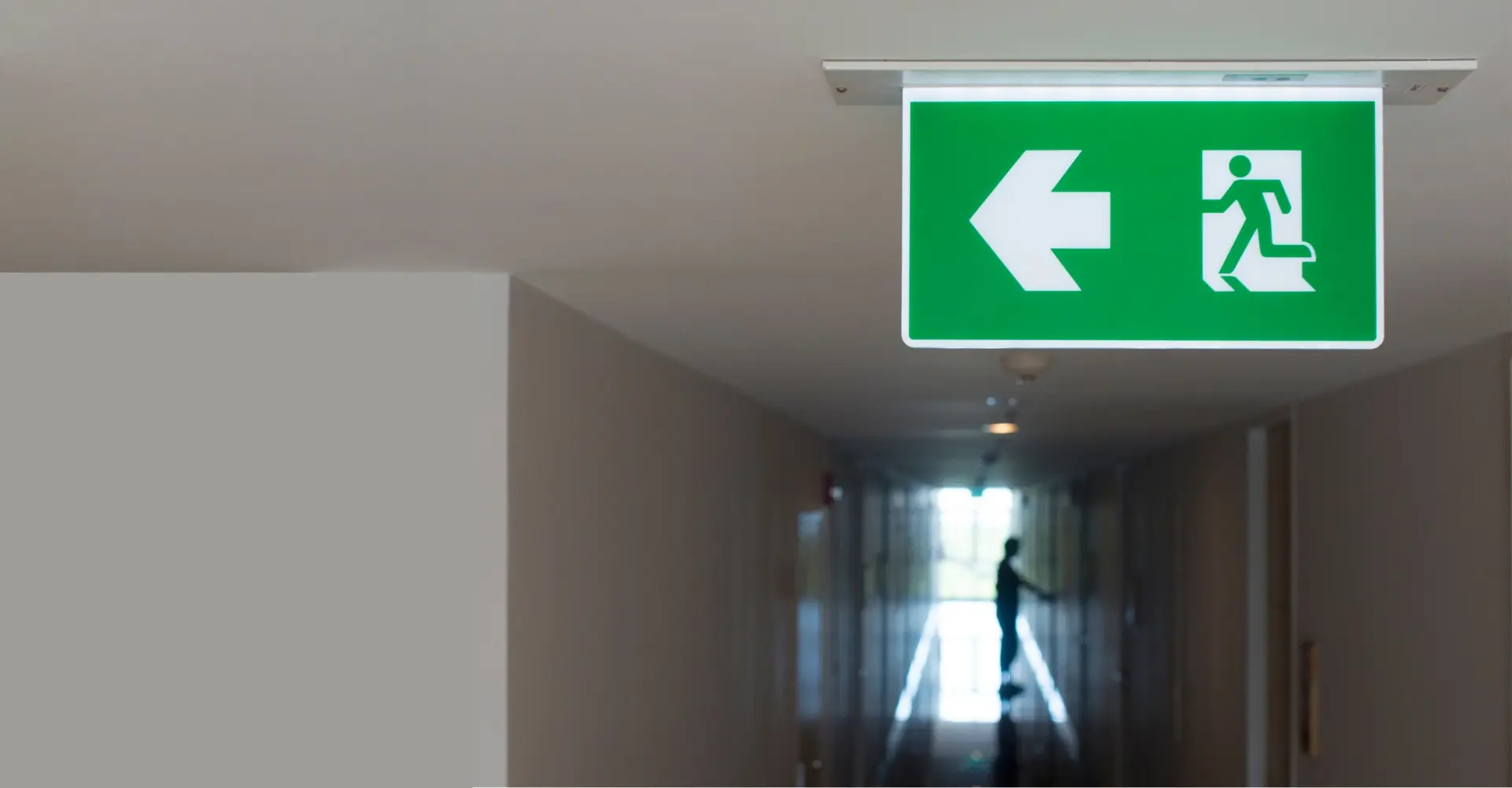
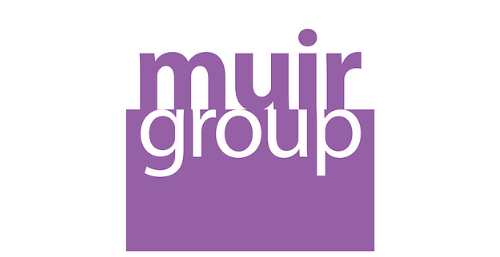

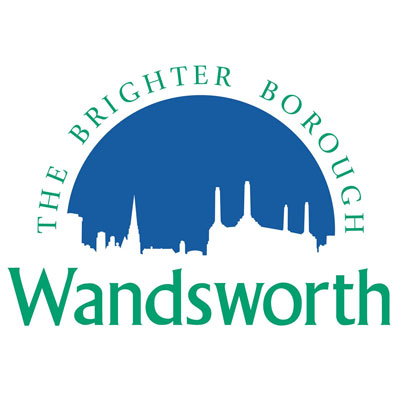
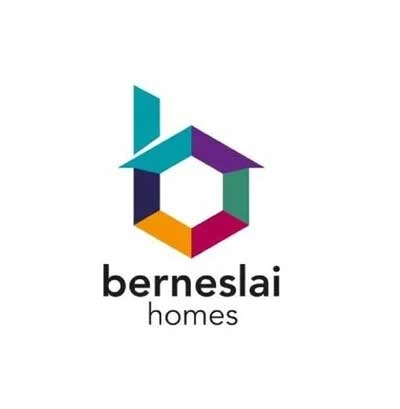
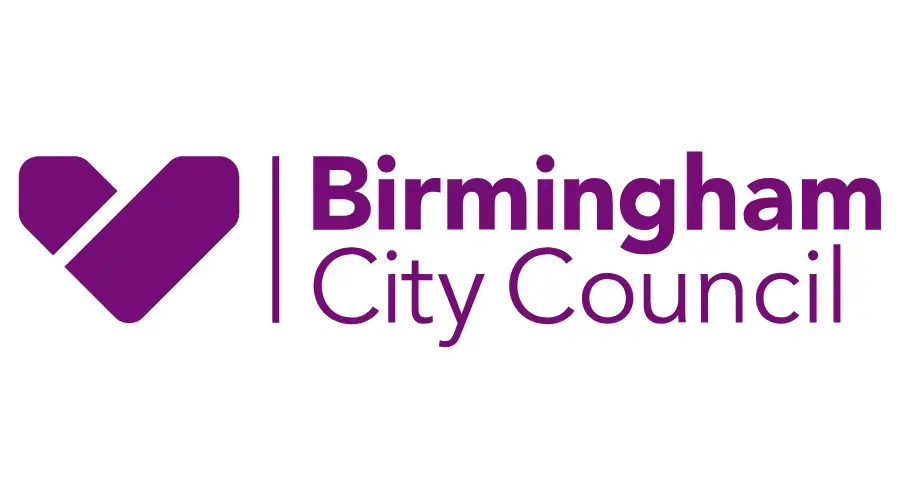
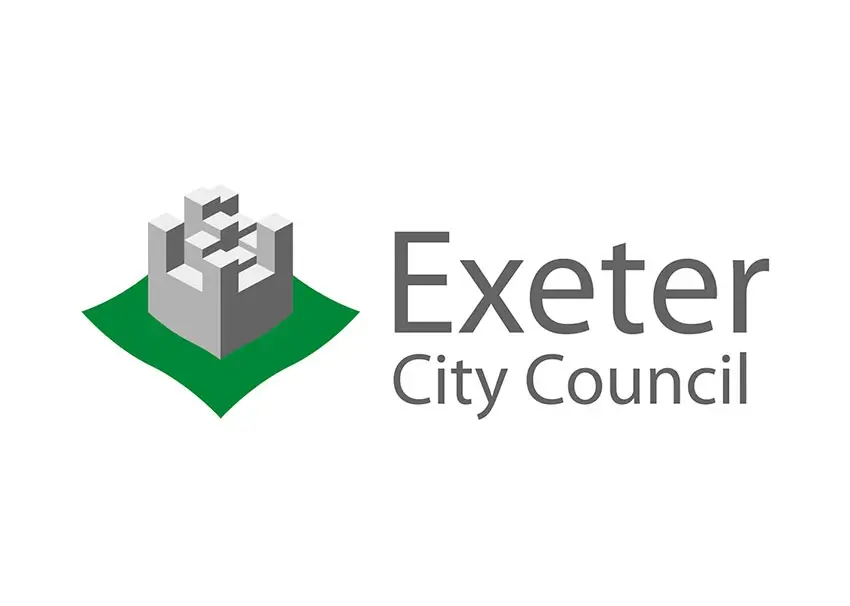
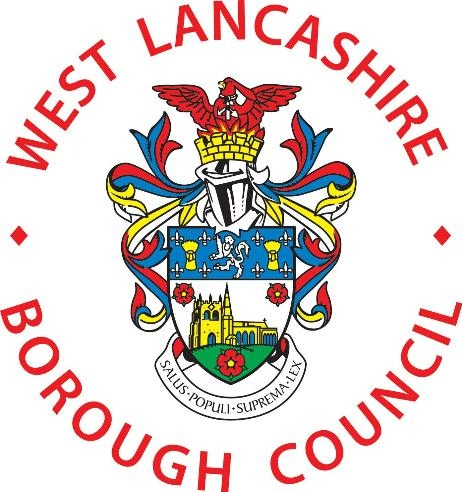



.png?width=800&height=600&name=Pre-Contract%20Planning%20(1).png)
 Are you confident that your buildings are fire safe and hazard-free?
Are you confident that your buildings are fire safe and hazard-free?
Ensuring your building is fire safe is not just a priority but a legal requirement. Under Article 9 of the Regulatory Reform (Fire Safety) Order 2005, all multi-occupancy buildings are legally obligated to have an FRA completed by a competent individual and regularly reviewed.
Recent official figures reveal that over 500 buildings with life-critical fire safety defects, owned by social landlords, still have no clear remediation plans. A robust FRA conducted by a competent surveyor is the first crucial step towards protecting lives, ensuring compliance, and maintaining peace of mind.
Explore our Fire Risk Assessment Services
We offer tailored Fire Risk Assessments, designed to meet legal requirements and address the unique needs of each building. Carried out by competent and accredited surveyors, our FRAs investigate potential hazards and provide actionable recommendations for remediation.
Explore the four types of residential FRA we provide:
 Type 1
Type 1
A type 1 FRA is a visual inspection of the fire safety provisions in a building and is the most basic residential type required under the Fire Safety Order. A type 1 FRA includes a non-destructive inspection of:
- The common parts of the building and the arrangements in place for tenants to escape in the event of a fire, including clear signs indicating entrances and exits and emergency lighting.
- A sample of flat entrance doors from both sides and common area fire doors.
- Only the common areas of the building.
 Type 2
Type 2
A type 2 FRA is a destructive assessment which opens up areas of the building to acquire a more in-depth understanding of the building pathology and risks. These are often undertaken when the type 1 FRA identifies potential structural issues in the building that could increase the risk of fire spread, or where further investigation is required to confirm the condition of enclosed spaces, voids, and cavities. A type 2 FRA does not involve access to dwellings and only assesses common parts of the building.
 Type 3
Type 3
A type 3 FRA is non-destructive and similar to type 1 but assesses a sample of individual dwellings in addition to the common parts of the building, providing a more thorough investigation. As accessing individual flats often poses an issue, it is recommended to appoint an experienced third-party fire risk assessor. Type 3 includes an assessment of:
- The means of escape
- The internal layout
- The fire resistance of internal flat doors
- Fire alarms, fire detection, and warning systems
- Compartmentation between flats
 Type 4
Type 4
A type 4 FRA is the most comprehensive assessment, including common areas, a sample of flats, and opening up areas of the building to conduct a destructive inspection. Despite this being the most robust FRA, a Compartmentation Survey may still be necessary to provide assurance that your building’s compartmentation is sufficient.
Get in touch today to discuss how we can assist you with Fire Risk Assessments.
 What's included in a
What's included in a
Fire Risk Assessment?
A Fire Risk Assessment is a careful look at your premises and the people who use them, from a fire prevention perspective. It's about understanding the potential risks, then improving your fire safety precautions to keep people safe. Depending on the size, structure, and layout of your building, it will include as assessment of:
- Potential fire sources
- Electrical safety
- Gas installations
- High-risk areas
- Procedures and arrangements
- Security
- Means of escape
- Fire detection and warning systems
- Firefighting equipment
- Emergency lighting
- Fire safety signage and notices
- Housekeeping
- The removal or safe storage of dangerous substances
- An emergency fire evacuation plan
- The needs of vulnerable people, for example the elderly, young children or those with disabilities
- The provision of information to employees and other people on the premises
- Staff fire safety training

Our Fire Risk Assessment Resources
%20-%20cover%20image.webp)
%20Regulations%202022%20webp.webp)
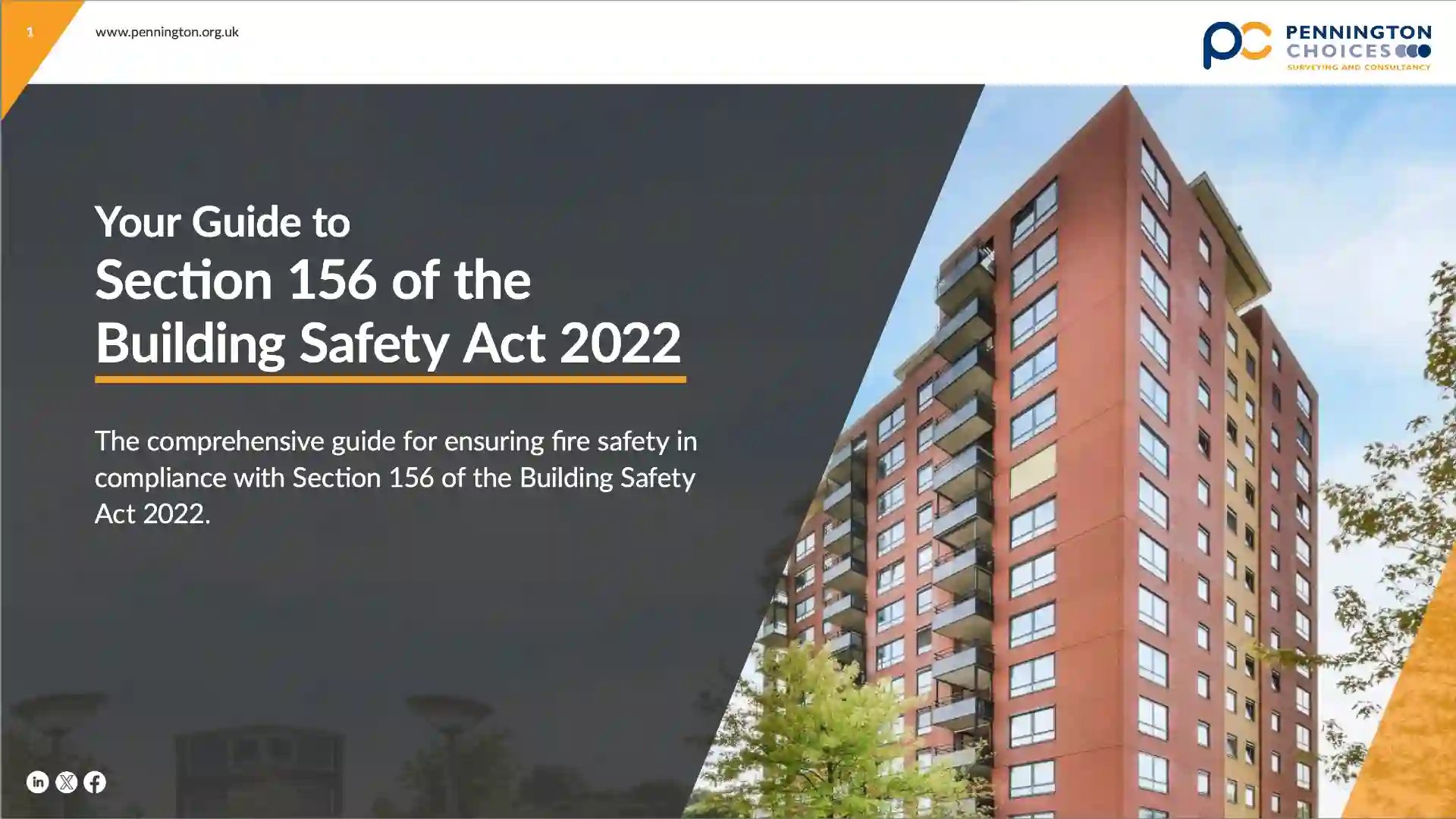
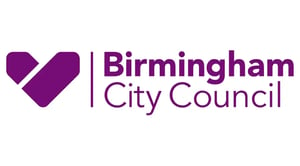
Fire Risk Assessments
Learn how we carried out Fire Risk Assessments for Birmingham City Council, ensuring full compliance with the Regulatory Reform (Fire Safety) Order 2005.
.webp)
“Our experience of working with Pennington Choices in relation to our Fire Risk Assessment programme has been exceptional. Not only have they delivered the programme ahead of projection, they have highlighted opportunities for cost savings through introduction of a more risk based approach to our reinspection regime. Response to queries, regardless of technical, financial or operational booking etc are answered promptly and professionally in every case.”
– Head of Building Safety Team at Birmingham City Council
 On-Demand Webinar
On-Demand Webinar
Fire Safety: Legislation Updates, Competent Persons, and EEIS+
Understand the recent fire safety legislation changes from the Emergency Evacuation Information Plus (EEIS+) consultation and revised version of the BS 9991 to the importance of selecting a competent person to carry out Fire Risk Assessments (FRAs) and the recent consultation on BS 8674. Discover everything you need to know to stay fire safe and compliant in 2025.
Complete this form to watch now
Fire Risk Assessment FAQs
Who is responsible for completing a Fire Risk Assessment?
The Responsible Person (RP) is responsible for ensuring each building has an up-to-date FRA at all times. The RP can be anyone who can be considered to have control over part of the premises.
You may be known as the RP if you are:
- An employer.
- The owner.
- The landlord.
- An occupier.
- Anyone else with control of the premises, for example a facilities manager, building manager, managing agent or risk assessor.
If there’s more than one responsible person, you must work together to meet your responsibilities.
How many steps make up a Fire Risk Assessment?
There are 5 steps to carrying out an FRA:
- Identify the fire hazards.
- Identify people at risk.
- Evaluate, remove or reduce the risks.
- Record your findings, prepare an emergency plan and provide training.
- Review and update the fire risk assessment regularly.
How often should a Fire Risk Assessment be reviewed as a minimum?
FRAs must be conducted ‘regularly’ and must be up to date; therefore, guidance recommends that it is reviewed every year and redone every three years.
Your Fire Risk Assessment must be reviewed if a material change has taken place, or there is a reason to suspect it is no longer valid.
Is a Fire Risk Assessment a legal requirement?
The Regulatory Reform (Fire Safety) Order 2005, Article 9, states that it is a legal requirement for buildings which are not single private dwellings. These include but are not limited to; residential buildings with more than one dwelling which share a common area, building which the public have access to, or a workplace.
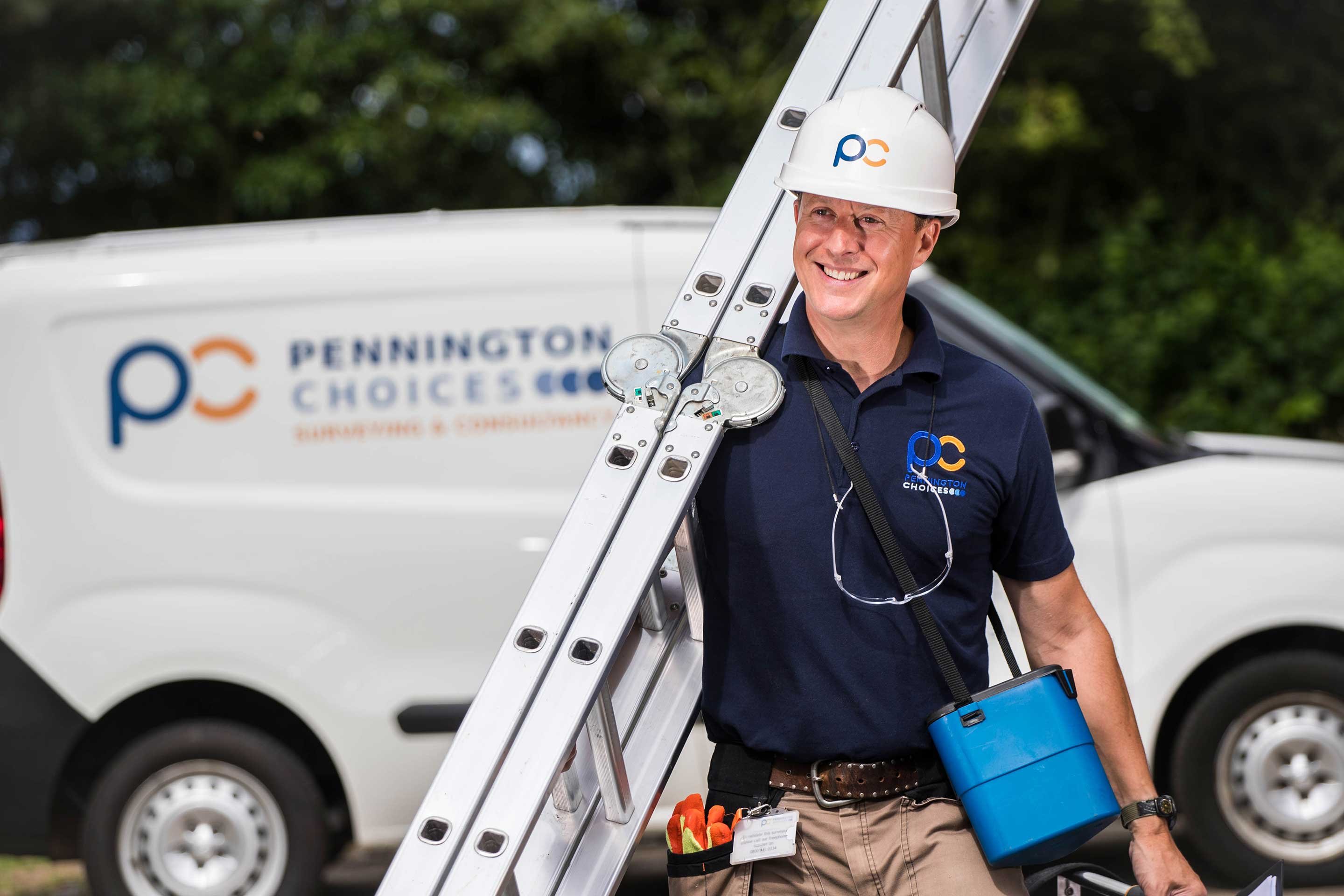
Why Pennington Choices?
- 𝗜𝗺𝗽𝗮𝗿𝘁𝗶𝗮𝗹 𝘁𝗵𝗶𝗿𝗱-𝗽𝗮𝗿𝘁𝘆 - We are a BAFE SP205 accredited organisation and separate the works from the services to provide impartial remedial recommendations.
- 𝗤𝘂𝗮𝗹𝗶𝗳𝗶𝗲𝗱 𝗲𝘅𝗽𝗲𝗿𝘁𝘀 - Individually accredited fire surveyors who bring years of expertise and precision to every FRA. This is supported by our industry competency scheme registration, including the Institute of Fire Safety Managers Nationally Accredited Fire Risk Assessor Register, Institute of Fire Engineers Life Safety Register, and the NSI FRAS Scheme.
- 𝗡𝗮𝘁𝗶𝗼𝗻𝘄𝗶𝗱𝗲 𝗰𝗼𝘃𝗲𝗿𝗮𝗴𝗲 - We are part of several frameworks and DPS across the housing sector and local authorities throughout the UK.
- 𝗩𝗮𝗹𝘂𝗲𝘀-𝗱𝗿𝗶𝘃𝗲𝗻 𝗮𝗽𝗽𝗿𝗼𝗮𝗰𝗵 - Competent service excellence from a values-driven organisation.
-
Services
-
Consultancy
Supporting housing providers to drive positive change, develop effective strategies and help keep your residents safe.
-
Project Management and Cost Consultancy
Providing professional support through efficient delivery, added value, effective partnership, and innovative solutions.
-
Stock Condition Surveys
Helping you understand the condition of your assets. With our comprehensive services, clients can plan future investments effectively.
-
Asbestos Management
UKAS accredited, offering a wide range of asbestos inspection and testing services, delivered nationwide by highly qualified and experienced staff.
-
Fire Safety
Driving service excellence supporting you to survey and investigate your Fire Safety needs, helping you to get safety right, first time, every time.
-
Training Courses
Manage compliance, inform your teams, and change behaviour. Our wide-ranging training courses are engaging and accessible.
-
Retrofit & Energy Services
Helping you achieve safer, greener homes by meeting your Net Zero and Low Carbon targets.
-
Damp and Mould Services
Helping you ensure your properties are keeping people safe from health hazards through identifying the existence of damp and mould.
-
Technical Auditing
Keep your buildings safe by going above industry standards across all five key areas of compliance.
-
-
Resources
-
Blogs
Discover our latest blogs to find out everything you need to know on industry news. Including guidance on building and fire safety, damp and mould, and consumer regulation.
-
Webinars
Access our recent webinars, where we alongside guest speakers including; the Building Safety Regulator and Regulator of Social Housing, discuss the latest topics and sector priorities.
-
Downloads
Get lots of tips and advice from our selection of checklists, guides, and self-assessments.
-
Podcasts - Ask the Experts
Your go-to podcast for expert insight into industry updates, hosted by a team of in-house experts and featuring industry specialists.
-
-
Why Us?
-
About us
Our company brand is an integral part of how and why we do what we do. Learn more about us.
-
Meet our team
Meet our expert directors and service heads at Pennington Choices, leading in property consultancy, surveying, and project management.
-
Social Value and Responsibility
Creating social value, fulfilling our responsibility to support our communities, and making a meaningful difference.
-
- Frameworks
- Case Studies
- Careers
Fire Safety Accreditations and Memberships


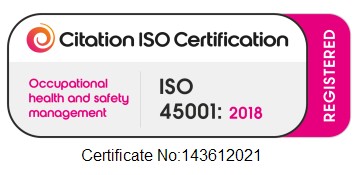
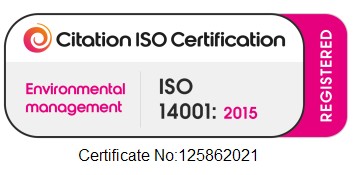
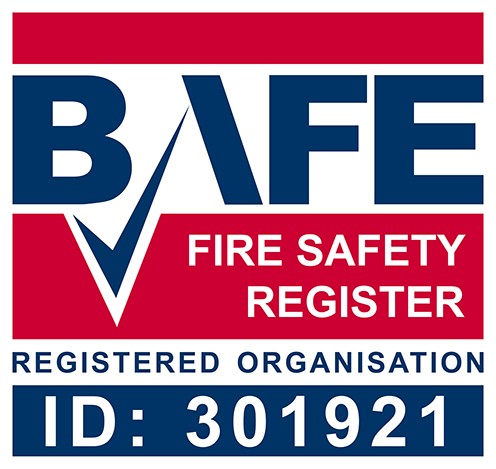
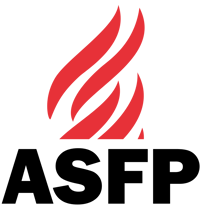

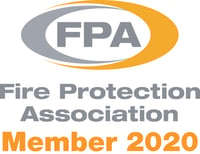




 Speak to our team
Speak to our team
If y ou need help navigating any area of fire safety, including undertaking Fire Risk Assessments, our team of fire safety experts are on hand to provide you with all the information you need.
ou need help navigating any area of fire safety, including undertaking Fire Risk Assessments, our team of fire safety experts are on hand to provide you with all the information you need.
Josh Alderson, Head of Fire Safety


